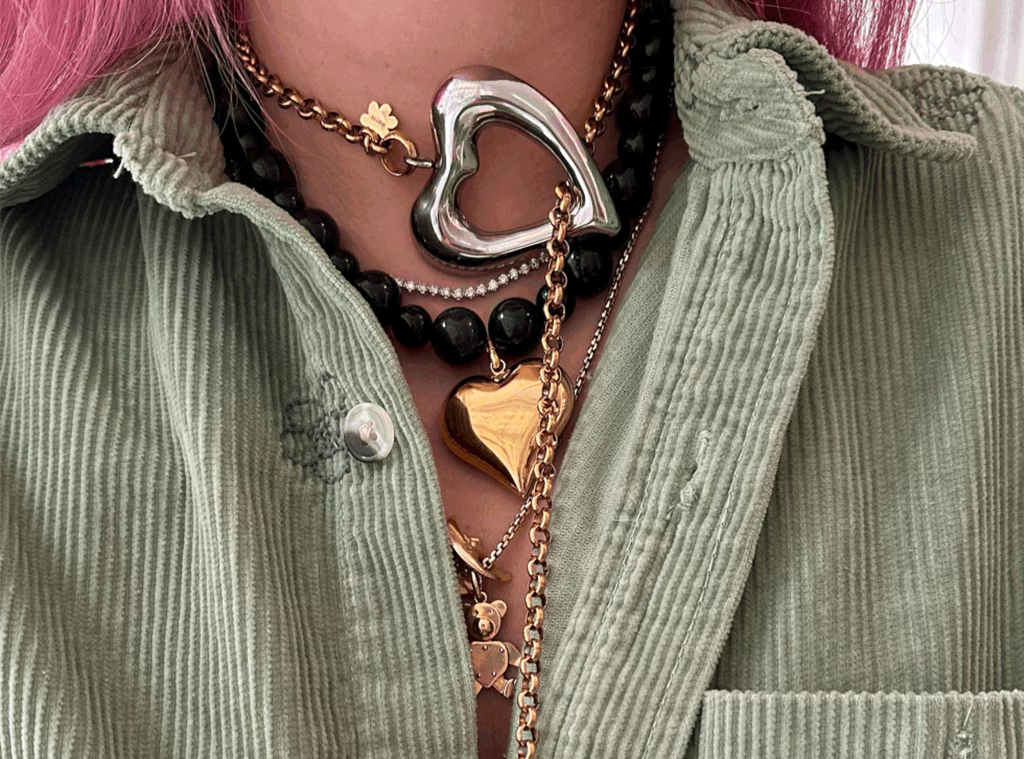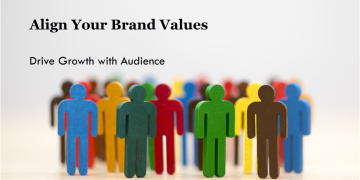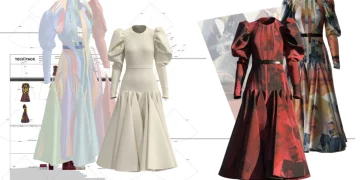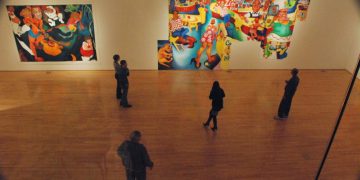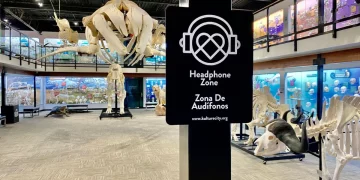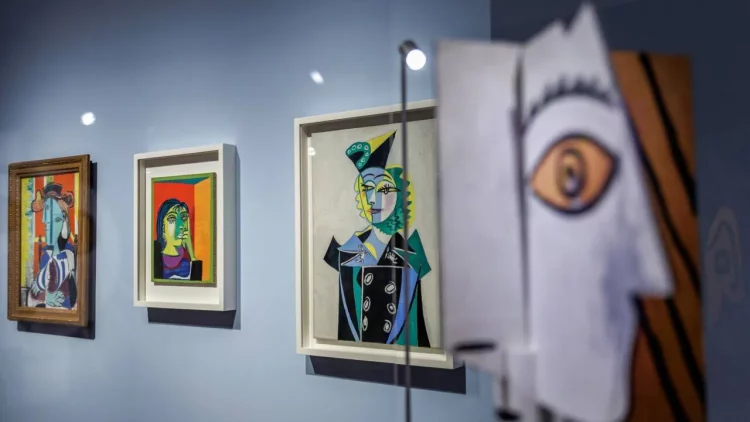In an increasingly interconnected world, exhibitions have emerged as crucial platforms for fostering cross-cultural dialogue. Art, history, science, and design exhibitions offer more than aesthetic experiences—they serve as spaces where ideas, values, and narratives from diverse cultures converge. By bridging the gaps between communities, exhibitions can nurture empathy, understanding, and collaboration, turning passive viewers into active participants in global conversations. But how exactly do exhibitions achieve this? Let’s delve into the mechanisms, strategies, and impacts of cross-cultural dialogue facilitated through exhibitions.
1. Exhibitions as Cultural Conduits
Exhibitions act as conduits through which cultural expressions travel. Each artifact, artwork, or display carries layers of meaning, shaped by the historical, social, and political context from which it emerges. When thoughtfully curated, these cultural artifacts allow visitors to experience the intangible elements of another society, such as traditions, belief systems, and aesthetic philosophies.
For example, a Japanese tea ceremony demonstration in a Western museum does not just showcase a ritual; it conveys values of harmony, respect, and mindfulness intrinsic to Japanese culture. Similarly, an exhibition on African textiles might reveal social hierarchies, symbolic storytelling, and regional identities through patterns and colors. In this sense, exhibitions translate cultures, making them tangible, visible, and, most importantly, relatable.
2. Curatorial Strategies to Foster Dialogue
The power of an exhibition to foster cross-cultural dialogue lies largely in the curatorial approach. Curators act as cultural mediators, carefully selecting and arranging materials to encourage reflection, curiosity, and conversation. Some key strategies include:
a. Thematic Curation
Organizing exhibitions around universal themes—such as migration, identity, or resilience—can create points of connection across cultures. Visitors may recognize shared human experiences, prompting empathy and dialogue. For instance, an exhibition on traditional festivals around the world can highlight both the uniqueness and commonality of human celebration, sparking conversations about cultural heritage and societal values.
b. Comparative Displays
Juxtaposing artifacts from different cultures encourages visitors to notice similarities and differences. A comparative display of musical instruments from various continents, for example, can reveal how humans have independently yet similarly explored rhythm, melody, and expression. This method helps break stereotypes, showing that innovation and creativity transcend borders.
c. Interactive and Immersive Experiences
Modern exhibitions increasingly incorporate interactive technologies, such as virtual reality, augmented reality, and participatory installations. These tools allow visitors to step inside another cultural world, moving beyond passive observation to active engagement. A VR tour of traditional markets in Morocco, for instance, can immerse visitors in sights, sounds, and interactions that stimulate cross-cultural curiosity and discussion.

3. Storytelling as a Bridge
Narrative is a potent tool for fostering dialogue. Exhibitions that present cultural artifacts within compelling stories encourage visitors to see beyond the objects themselves, exploring the lived experiences and histories behind them. Storytelling humanizes cultures, emphasizing shared emotions, struggles, and aspirations.
For instance, exhibitions on migration often combine personal testimonies, photographs, and objects to convey the journeys and challenges faced by individuals across the globe. Visitors may leave not only with knowledge but also with a deeper emotional connection, which is essential for genuine dialogue.
4. The Role of Multisensory Engagement
While visual aesthetics dominate exhibitions, multisensory engagement can significantly enhance cross-cultural understanding. Soundscapes, scents, textures, and even tastes can evoke cultural experiences more profoundly than visuals alone. A museum exhibit on Southeast Asian markets might combine images with ambient sounds, spices’ aromas, and tactile displays of fabrics. These multisensory cues immerse visitors in another cultural reality, prompting empathy and curiosity that spark meaningful conversations.
5. Exhibitions as Platforms for Participatory Dialogue
Beyond passive viewing, exhibitions can actively involve audiences in cross-cultural dialogue through workshops, panel discussions, and collaborative projects. Participatory programming allows communities to share their perspectives, ask questions, and co-create knowledge.
a. Community Involvement
Engaging local and international communities in the exhibition process ensures diverse voices are represented. Co-curation initiatives, where community members contribute artifacts or narratives, empower underrepresented groups and facilitate authentic intercultural exchange.
b. Interactive Dialogues
Structured dialogue sessions, such as cultural storytelling circles or roundtable discussions, encourage visitors to reflect and share. These platforms often reveal unexpected commonalities and challenge assumptions, creating space for constructive debate and mutual understanding.
6. Exhibitions as Catalysts for Social Change
Exhibitions that foster cross-cultural dialogue do more than educate—they can inspire action. By highlighting global issues such as climate change, migration, inequality, and human rights through a cross-cultural lens, exhibitions encourage visitors to think critically about their own society and their role in global citizenship.
For example, an exhibition showcasing sustainable practices across indigenous cultures may inspire visitors to adopt eco-conscious behaviors, while also respecting the traditional knowledge systems behind these practices. In this sense, exhibitions act as agents of social transformation, bridging cultural awareness and practical engagement.
7. Overcoming Challenges in Cross-Cultural Exhibitions
While exhibitions have immense potential, they also face challenges. Cultural misrepresentation, oversimplification, and tokenism can undermine cross-cultural dialogue. To avoid these pitfalls:
- Authenticity Matters: Curators must prioritize accurate representation and avoid homogenizing complex cultures into simplistic narratives.
- Ethical Engagement: Proper permissions, community consent, and cultural sensitivity are paramount, particularly when exhibiting sacred or culturally sensitive objects.
- Avoiding Exoticism: The goal should be understanding, not sensationalizing or “othering” cultures.

Addressing these challenges requires careful research, collaboration with cultural stakeholders, and ongoing dialogue with audiences.
8. Case Studies in Cross-Cultural Exhibitions
Several exhibitions around the world have successfully fostered cross-cultural dialogue:
a. The British Museum’s “Living and Dying” Exhibition
By juxtaposing death rituals from different cultures, this exhibition prompted visitors to reflect on mortality, grief, and remembrance across human societies, fostering empathy and philosophical dialogue.
b. “Africa Fashion” at the Victoria & Albert Museum
This exhibition highlighted African creativity in contemporary and traditional fashion. By pairing historical artifacts with modern designs, it celebrated cultural continuity and innovation, encouraging dialogue about identity, heritage, and globalization.
c. Venice Biennale Art Exhibitions
International art exhibitions like the Venice Biennale create spaces where artists from around the world engage with each other’s work. The resulting cross-cultural conversations expand artistic vocabularies and challenge cultural assumptions.
9. The Digital Dimension: Virtual Exhibitions and Global Dialogue
In the digital age, exhibitions are no longer confined to physical spaces. Virtual exhibitions and online platforms expand the reach of cross-cultural dialogue to global audiences. Interactive digital tours, livestreamed artist talks, and online forums allow people from different cultural contexts to share perspectives, collaborate, and reflect collectively.
The digital dimension also provides accessibility to audiences who cannot physically attend exhibitions, democratizing cultural exchange and fostering inclusive dialogue.
10. Measuring the Impact of Exhibitions on Cross-Cultural Dialogue
Assessing the effectiveness of exhibitions in fostering dialogue is complex but essential. Common approaches include:
- Visitor Surveys and Interviews: Capturing visitors’ reflections, learning outcomes, and emotional responses.
- Behavioral Observations: Studying how visitors interact with exhibits, workshops, and discussion sessions.
- Longitudinal Studies: Tracking changes in cultural attitudes and engagement over time.
Evidence suggests that exhibitions combining immersive experiences, participatory programs, and narrative storytelling are most successful in promoting meaningful cross-cultural dialogue.
11. Future Directions
As global challenges become more interconnected, the role of exhibitions in fostering cross-cultural dialogue will continue to grow. Emerging trends include:
- Hybrid Physical-Digital Exhibitions: Combining tangible artifacts with digital storytelling to reach broader audiences.
- Sustainable and Ethical Practices: Ensuring exhibitions respect cultural heritage while promoting ecological responsibility.
- Inclusive Representation: Highlighting voices from marginalized communities to expand perspectives and challenge dominant narratives.
- Collaborative Global Projects: Exhibitions co-created by institutions across continents, fostering international cooperation and shared learning.
The future of cross-cultural exhibitions lies in balancing authenticity, creativity, and accessibility to cultivate dialogue that is both profound and inclusive.
Conclusion
Exhibitions have the extraordinary potential to serve as bridges between cultures, facilitating understanding, empathy, and collaboration. Through thoughtful curation, immersive storytelling, participatory engagement, and ethical practice, exhibitions can transform passive observation into active dialogue. By fostering encounters with different worldviews, traditions, and creative expressions, they encourage visitors to question assumptions, celebrate diversity, and embrace shared human experiences.
In an era of globalization and cultural complexity, exhibitions are not merely venues for aesthetic enjoyment—they are laboratories for dialogue, empathy, and social transformation. When executed with care and intentionality, they cultivate a world where cultural differences are not sources of division, but opportunities for learning, connection, and collective growth.


